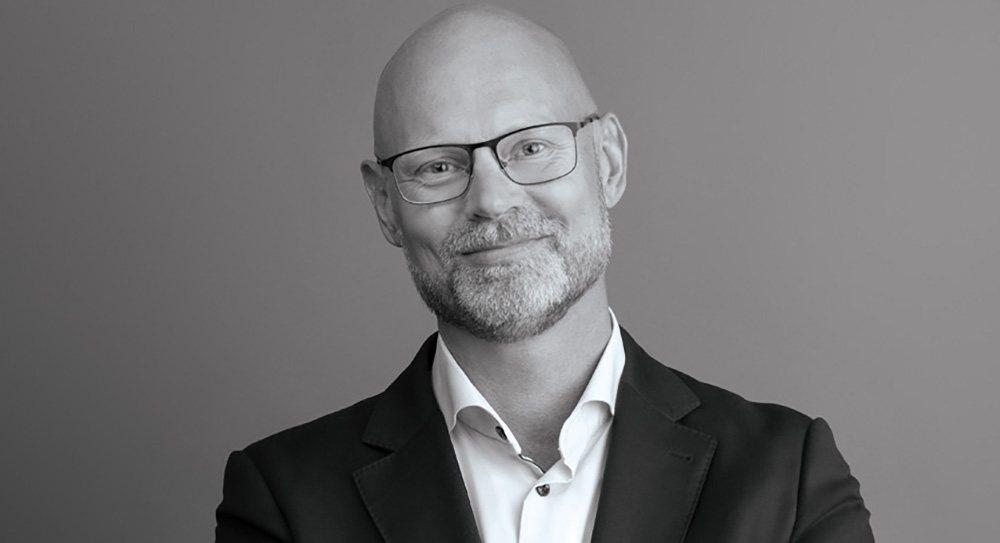5 minutes with… Tim Flannery, co-founder and CEO of Passthrough
The Drawdown (TDD): First things first, how did Passthrough start out?
Tim Flannery (TF): In our previous professional lives, my co-founders and I were building a fund administrator at Carta and found ourselves incredibly frustrated with the onboarding process. For one, the data we received in PDF format was unstructured. And as we onboarded clients from the fund admin side, we would get paper subscription documents that were often incomplete or inaccurate.
Profile: Passthrough
Categories: ProfileFundraising & fund structuringFund docsOutsourcingIT & cyber securityTechnologyCompliance softwareTech providers






